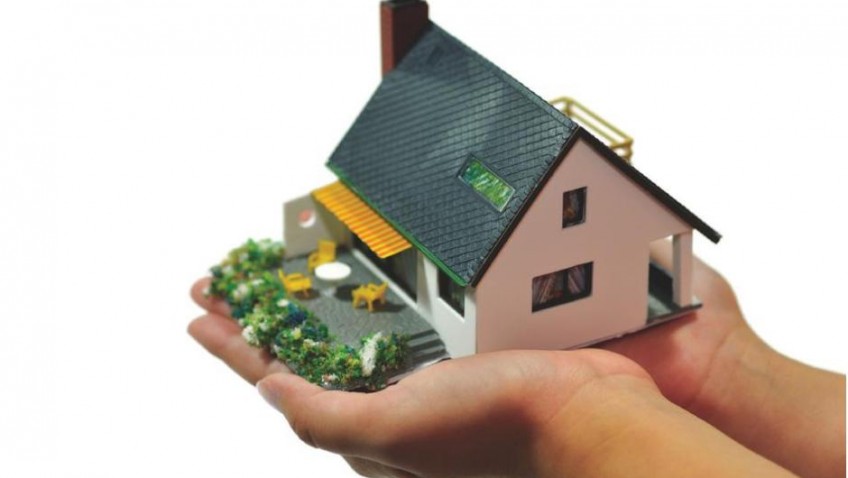Often small adaptations to your home can make a significant difference, not only helping you retain your independence and stay in your own home for longer, but also reducing the risk of falls and accidents, and the subsequent cost of care and resources. Some areas to consider changing are:
Front door
Widening your front door and removing a lip if there is one. Consider placing a seat or fixing a shelf near the front door; both could be useful places to put down shopping while you find your front door keys. Another easy-to-use suggestion for opening the door is to swap a round doorknob, which becomes harder to grip due to its spherical shape, for a lever.
Kitchen
Update appliances with easy-to-use ones that have a high energy-efficiency rating. Pull-out drawers in dishwashers make packing and unpacking dishes gentler on backs. Freezer units in fridges are excellent for those who don’t want to bend down. Pull-down doors on cabinets hung over worktops are also advisable, as they allow easy access to upper shelving.
Bathroom
Install grab bars near the toilet and shower to aid movement around the bathroom. Even if you don’t want them immediately, it’s a great idea to work out where they will be of most benefit, so you can simply add them at a later date. For many, the shower is possibly one of the most dangerous areas of the home. First and foremost, make sure you have non-slip tiles in the bathroom.
Bedroom
Getting into bed is often very difficult as we age, especially as modern beds can be quite low. The bed can be raised by blocks. The bed should be high enough to sit on and get out of, and the bedroom should also be kept free of clutter. A bench or seat can be helpful when putting on shoes.
Implementing some of these suggestions now could make life easier in the future and mean that you could stay in your own home for longer.





